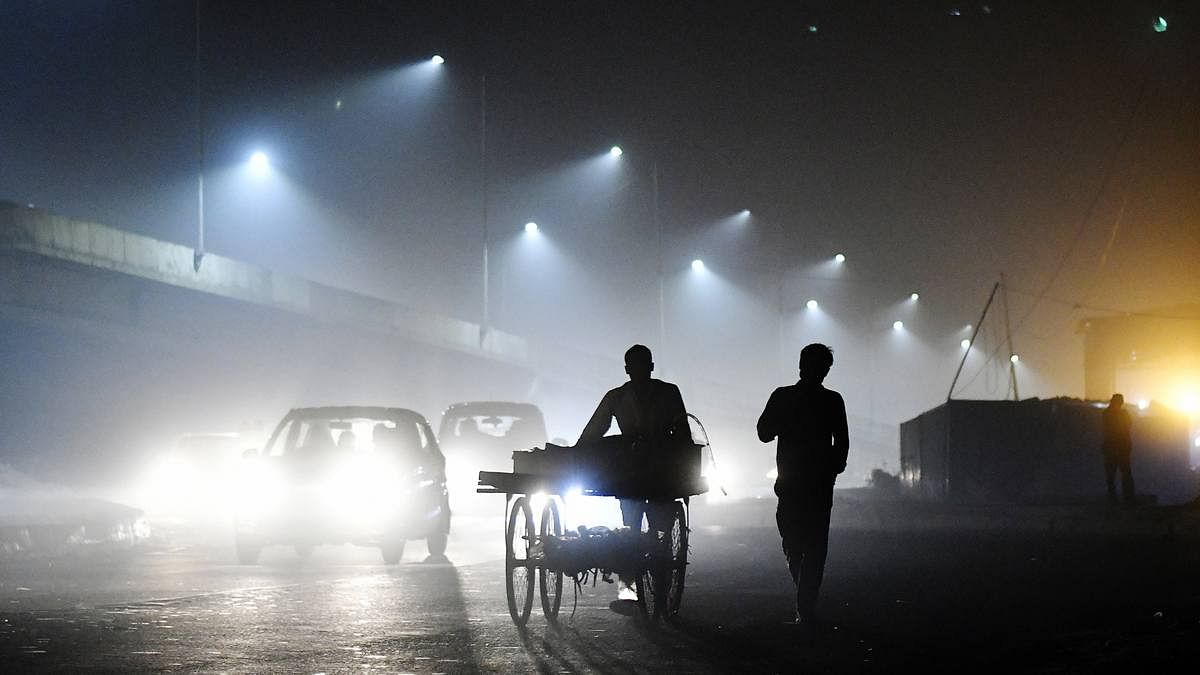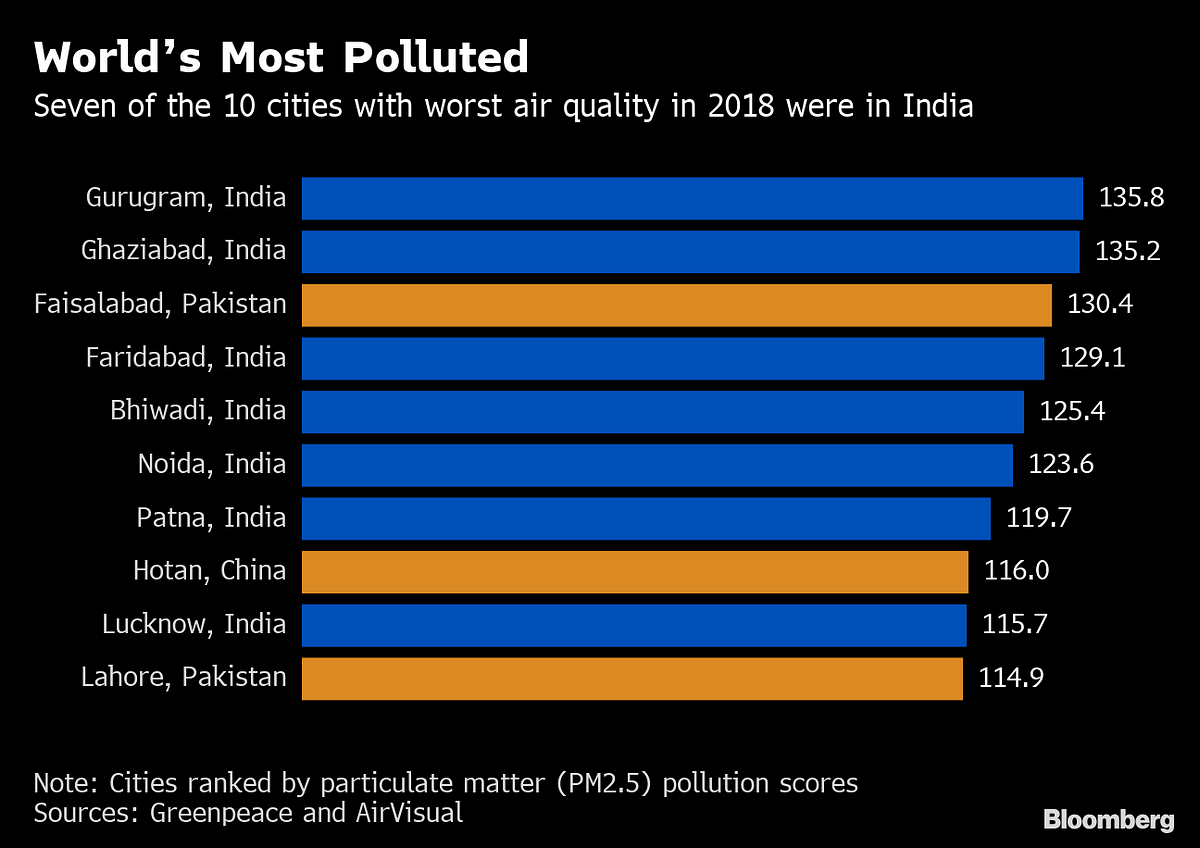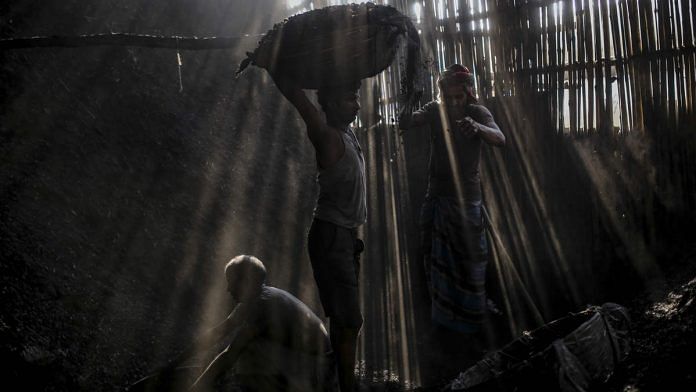New Delhi: Scientists agree that coal is choking the planet—so why is it so hard for governments to ditch? This is the second in a three-part series. Read part one.
When the massive coal-fired power plant next door to her home in New Delhi was firing at full blast, Bala Devi would pull her saree tight against her face to try and protect her lungs.
It was a futile gesture. Towered over by red-and-white striped smoke stacks, Devi’s house in a poor community of India’s capital is just too close to the sprawling plant.
“The coal dust got mixed in with the food,” said Devi, who regularly coughed up black phlegm in the mornings. Mountains of unused coal and a fly ash pond the size of 500 football fields made her neighborhood a particularly noxious part of the world’s most polluted mega-city. “We would shut our doors and we swept the floors,” she said. “But still we fell ill.”
After being closed temporarily during times of peak pollution, the facility was shuttered for good in late 2018. But it wasn’t closed because India is rethinking its commitment to coal. The Badarpur plant, located on the capital’s outskirts when built nearly 50 years ago, was shut because its outdated, inefficient technology produced power that was too expensive and polluted the city that had grown up around it. Several polluting plants continue to generate power in other parts of the country and a new one is being built, just further out from Delhi.

In India, cheap energy is paramount, and that means coal. Prime Minister Narendra Modi has won plaudits from the United Nations for promoting solar power and signing the landmark Paris climate accord, but India’s use of damaging fossil fuels has grown under his tenure.
Also read: Coal doesn’t cut it: Why govts across should read this study on public opinion on energy
Coal provides roughly 70 percent of India’s electrical energy needs, even as 1.24 million citizens die annually as a result of the country’s choking smog, according to medical journal The Lancet. The issue of clean air merits a brief mention in party manifestos for the national elections now under way, but it remains absent from the campaign. For India, the cheap coal that’s fueled the country’s economic rise in recent decades is vital for its future growth.
“We’re very concerned about the environment, but if you ask me to put it in the order of priorities, I would say having sufficient power for development comes first,” Power Minister R.K. Singh said at a conference in February. “Around the world, anti-coal movements are going on. Several coal-fired plants are getting shut. But we can’t do that.”
China is the world’s biggest coal user, yet whereas Beijing’s efforts to curb pollution mean that surging demand is slowing and forecast to stop altogether next year, India is ramping it up. India saw the world’s largest absolute increase in coal use in 2017, the International Energy Agency said in a report in December. Data released in March by IQAir AirVisual and Greenpeace found that India is home to seven of the world’s ten most-polluted cities.

With a population forecast to overtake China’s as the world’s largest within just five years, India has a pressing need to alleviate poverty and build infrastructure. That means tackling a complex challenge like air pollution often falls by the wayside. Causes include coal-powered plants, but also unregulated construction sites, agricultural burning, millions of vehicles and an arid landscape, yet debate of the impact remains muted.
The neighborhood by the Badarpur plant is a case in point. Despite being blanketed in ash for years, people there voted in 2015 state elections for a local political party that promised to provide cheap water and energy.
“Most people are either illiterate or unaware of the effects of air pollution,” said Akash Thakur, a 19-year-old student who is Devi’s son. “There are only three things people are talking about: That India has seen economic development, that corruption has come down and that India is more powerful under Modi.”
The toll that smog takes on India is vast. Deaths aside, the health fees, lost productivity and other consequences cost India an estimated 8.5 percent of its economic output in 2013, according to the World Bank.
Also read: Under Modi govt, Coal India’s market cap fell by Rs 85,000 crore, almost 40%, in 4 years
India’s National Clean Air Programme, with aspirational targets but no significant funding, differs from the measures China took to clean up its air when faced with its own smog crisis, said Arvind Kumar, a New Delhi lung surgeon and advocate of greater action on pollution.
“It’s a program that doesn’t have any teeth, unlike China’s,” said Kumar, who blamed the absence of the “political will, or economic or administrative power” needed to bring about change. Over the years, he said, he’s diagnosed an increasing number of non-smokers with lung cancer at progressively younger ages, and yet “there is total ignorance about the damage dirty air is causing to the health of the people.”
Politicians are only slowly taking notice. Modi’s Bharatiya Janata Party, which managed to get the name of its own clean air program wrong in its manifesto, pledged to focus on 102 cities with attempts to reduce pollution levels by 35 percent over the next five years. The opposition Congress party called air pollution a “national public health emergency” and said it would “significantly strengthen” controls.
Under Modi, renewable-energy use has nearly doubled from a low base, and the BJP trumpets his administration’s success in bringing electricity to India’s remotest villages. But even with solar power’s low cost per unit, India’s plentiful coal supplies mean that coal-fired power plants will remain integral to the grid for the foreseeable future.
“We cannot move away from coal, we cannot afford to,” said Varsha Joshi, a senior Indian civil servant who helped close the Badarpur plant as New Delhi’s power secretary. “Energy use is going to go up, and we do have a lot of coal. So what do we do?”




The cost of renewables has fallen dramatically. If India’s power sector had seen genuine reform, the transition away from coal could have been much faster.